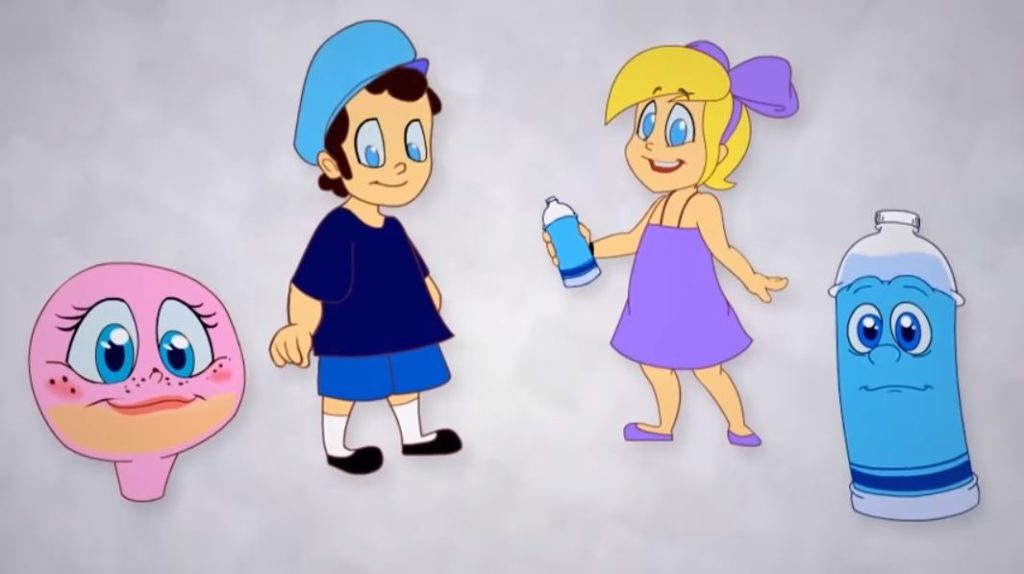
Utilizing technology for kids in urotherapy
For school-aged children, wetting the bed, or having an accident at school can be very embarrassing. For children with bladder and bowel dysfunction (BBD) this can be a regular occurrence and goes beyond embarrassment. It’s stressful and can have a negative impact on a child’s self-esteem.
Urotherapy is the standard treatment method for BBD and can improve the child’s quality of life. It consist of educational discussions with the family about healthy bladder and bowel habits, documentation of symptoms with diaries, support and encouragement.
These educational sessions traditionally relied on typical instruction methods such as pamphlets and talking to the children and parents in the clinic setting. The pediatric urology team at McMaster Children’s Hospital (MCH) sought for an alternative method to provide this information to young patients. The result was a kid-friendly animated bladder training video, created with combined funding from the Canadian Urological Association and McMaster Surgical Associates.
“We wanted to try something that would be easier for parents to use at home and interact with their kids.”
“It can be difficult to get kids to open up about this topic,” says Natasha Brownrigg, a nurse practitioner in pediatric urology at MCH. “So, we wanted to try something that would be easier for parents to use at home and interact with their kids. In addition, as clinicians we thought it would be more interesting to use in clinics compared to our standard pamphlets.”

While the video sounded like a good idea, especially in an age where technology is easily embraced by children, the pediatric urology team wanted to ensure that it didn’t diminish the level of care they provide. Therefore, Dr. Luis Braga, pediatric urologist at MCH, led a research study to test if the bladder training video was as effective as the traditional discussions and paper handouts.
The study enrolled 150 children age 5 to 10 who had no other medical concerns or diagnoses. Half of them were given the video to watch and half had a traditional discussion. They were assessed again at a 3-month follow up appointment.
It is becoming a popular tool for pediatric urology professionals across North America and even Europe.
“We were thrilled to hear feedback like ‘the video did our family well’ and ‘it was very easy for children to understand’,” says Natasha. “But it was comments like these; ‘The video was much more appropriate for teaching children about a complicated topic, electronics are very much in their future’ and ‘Despite things being better we still regularly watch the video, all my kids love it age 2, 4, 6’ that really validated the video.”
Although the video was initially shown in the clinic, parents liked that they had access to it to review from home as often as necessary. Plus, the kids were retaining the content well.
Over the past year, the study results have proven that the video is just as effective as the traditional method at not only reducing symptoms, but improving the children’s quality of life.
The video is now regularly incorporated into treatment at McMaster Children’s Hospital and is becoming a popular tool for pediatric urology professionals across North America and even Europe.
